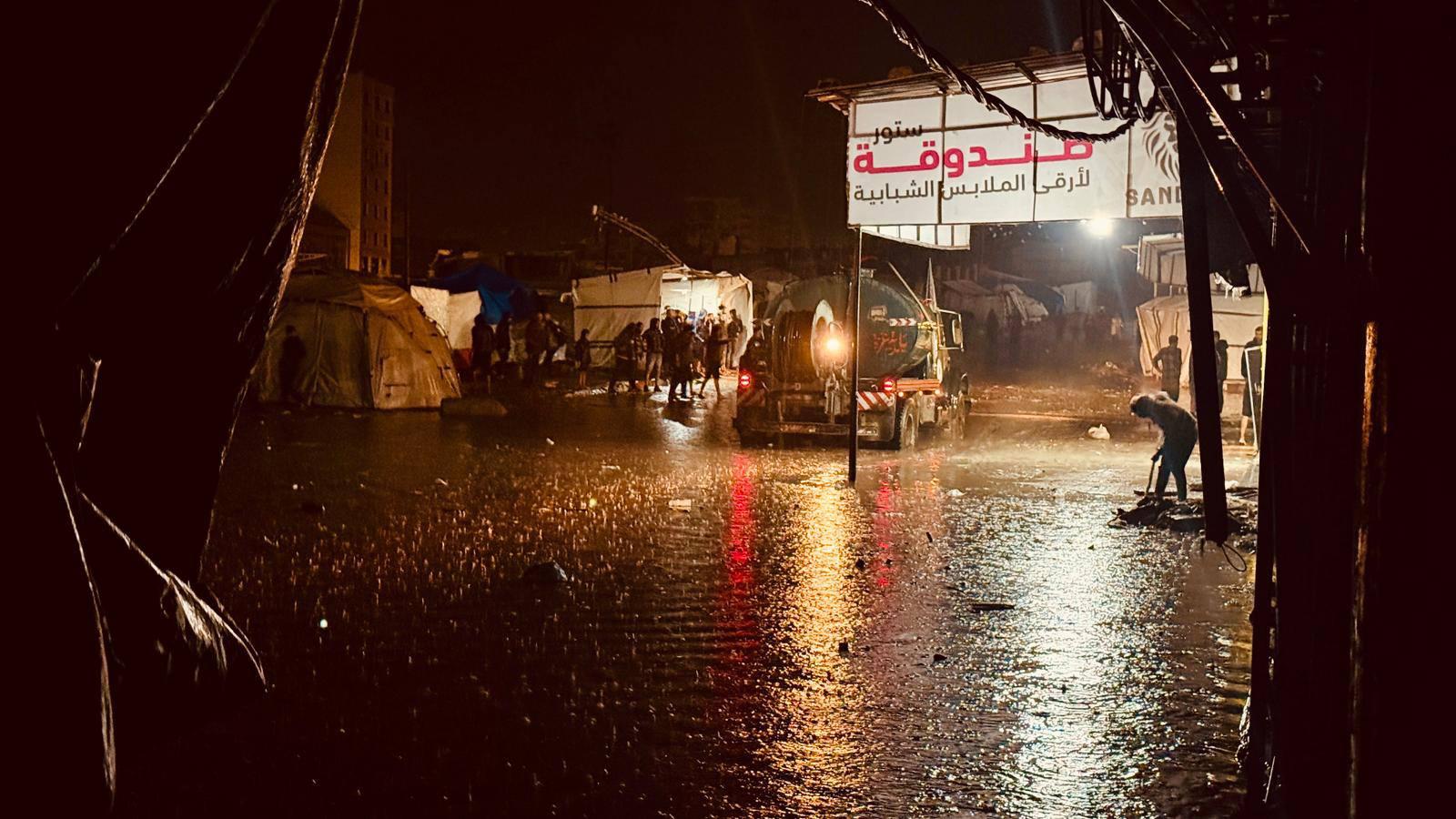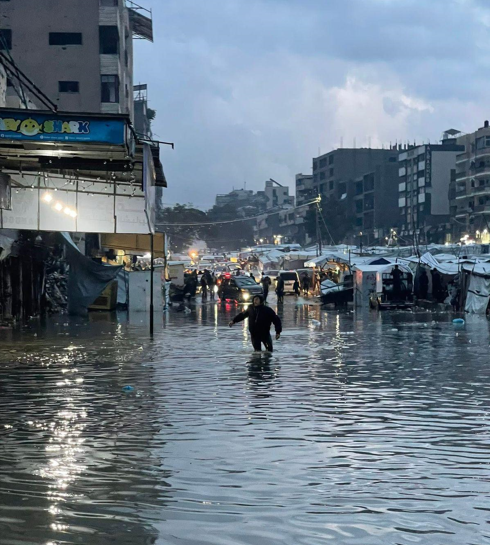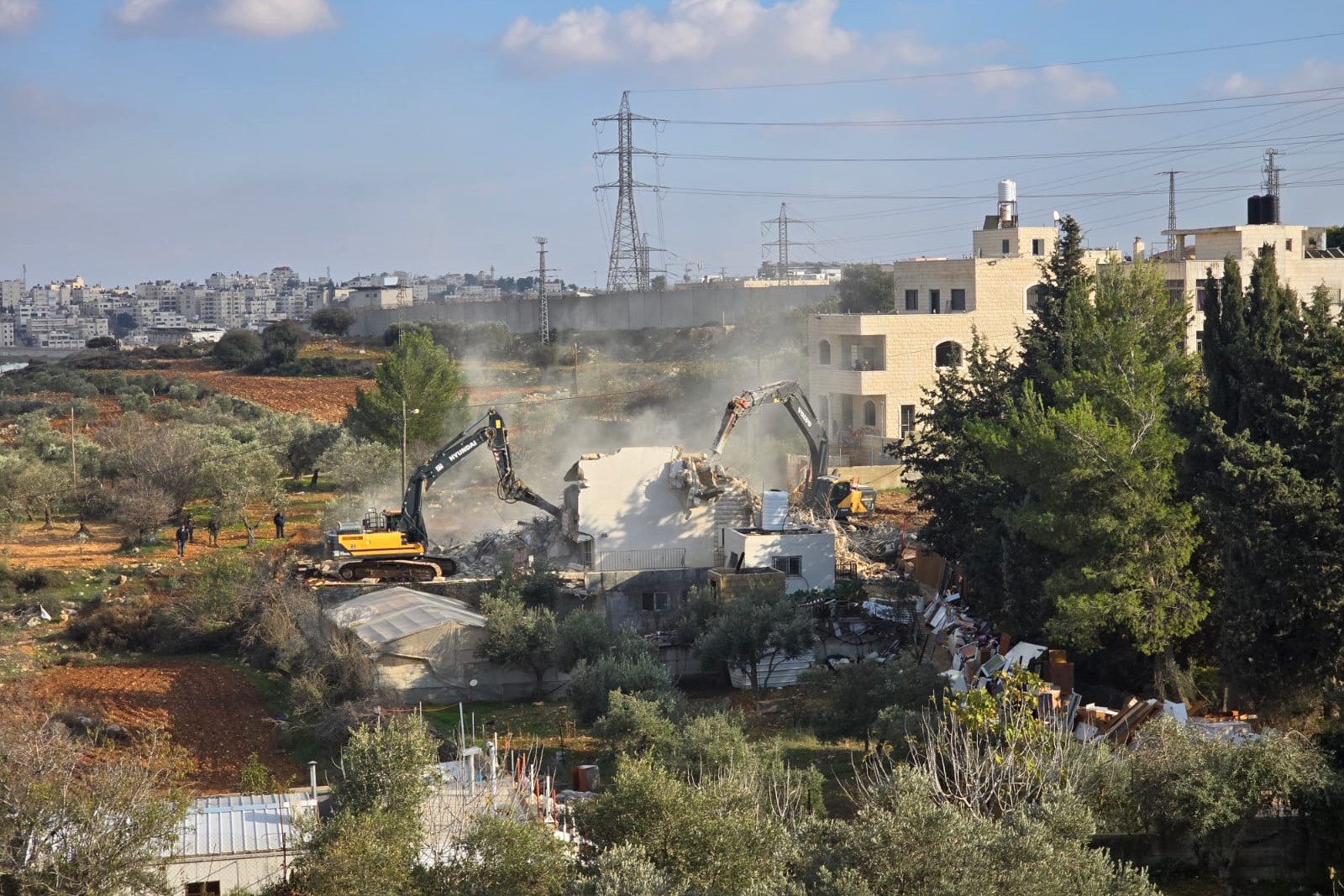RAMALLAH, Monday, October 3, 2022 (WAFA) – On the occasion of World Habitat Day and Arab Housing Day, the Palestinian Central Bureau of Statistics (PCBS) said today that the Population, Housing, and Establishments Census 2017 showed that out of the about 5.35 million people who live in Palestine, 77.2% of them are living in urban areas while 14.5% are living in rural areas and 8.3% in refugee camps.
Results also showed the population density was estimated at 889 person/km2 in mid-2022 in Palestine (563 person/km2 in the West Bank and 5,936 person/km2 in Gaza Strip), and that 78% of the households in Palestine live in owned housing units, in which 82.6% in the West Bank and 71.2% in Gaza Strip in 2020. In addition, 6.8% of households in Palestine live in rented housing units (8.0% in the West Bank and 5.0% in Gaza Strip) and 15.2% of households in Palestine live without payment and as an exchange for labor (9.4% in the West Bank and 23.8% in Gaza Strip).
The results also showed that 53% of the Palestinian households live in apartment housing units (36.3% in the West Bank and 77.8% in Gaza Strip), 45.3% of the households live in houses (61.5% in the West Bank and 21.0% in Gaza Strip), 0.5% of the households live in villas (0.7% in the West Bank and 0.2% in Gaza Strip), and 1.2% of the households live in other types of housing units (independent room, tent, marginal or other), where 1.5% in the West Bank and 1.0% in Gaza Strip in 2020.
The results showed that the average housing density (number of persons per room) in Palestine in 2021 was 1.5 persons per room: 1.6 persons per room in urban areas, 1.4 persons per room in rural areas, and 1.8 persons per room in refugee camps.
The average housing density (number of persons per room) by region was: 1.4 persons per room in the West Bank and 1.7 persons per room in Gaza Strip, while 6.6% of households in Palestine live in housing units with three persons or more per room (5.2% in the West Bank, and 8.9% in Gaza Strip), and by type of locality: 6.4% of households in urban areas, 5.6% in rural areas, and 10.6% in refugee camps in 2021.
Data showed that 39.5% of household members in Palestine have access to safely managed water, and this percentage fluctuates in the West Bank, where it reached 66.2% of household members, compared to 4.3% of household members in the Gaza Strip. As for the type of localities, these percentages were distributed to 35.5% in urban, 67.1% in rural, and 25.2% of household members in camps.
Also, 58.5% of the Palestinian households in 2020 used wastewater networks to dispose of their wastewater, 28.0% of households used septic tanks, 11.8% of households used pit latrines and 1.7% of households used other methods to dispose of their wastewater; 95.5% of households in refugee camps, 63.9% in urban areas and 10.1% in rural areas, respectively.
M.K.












